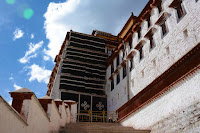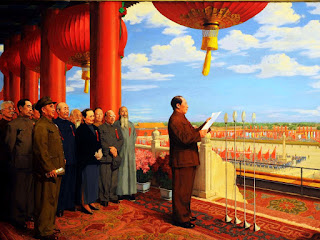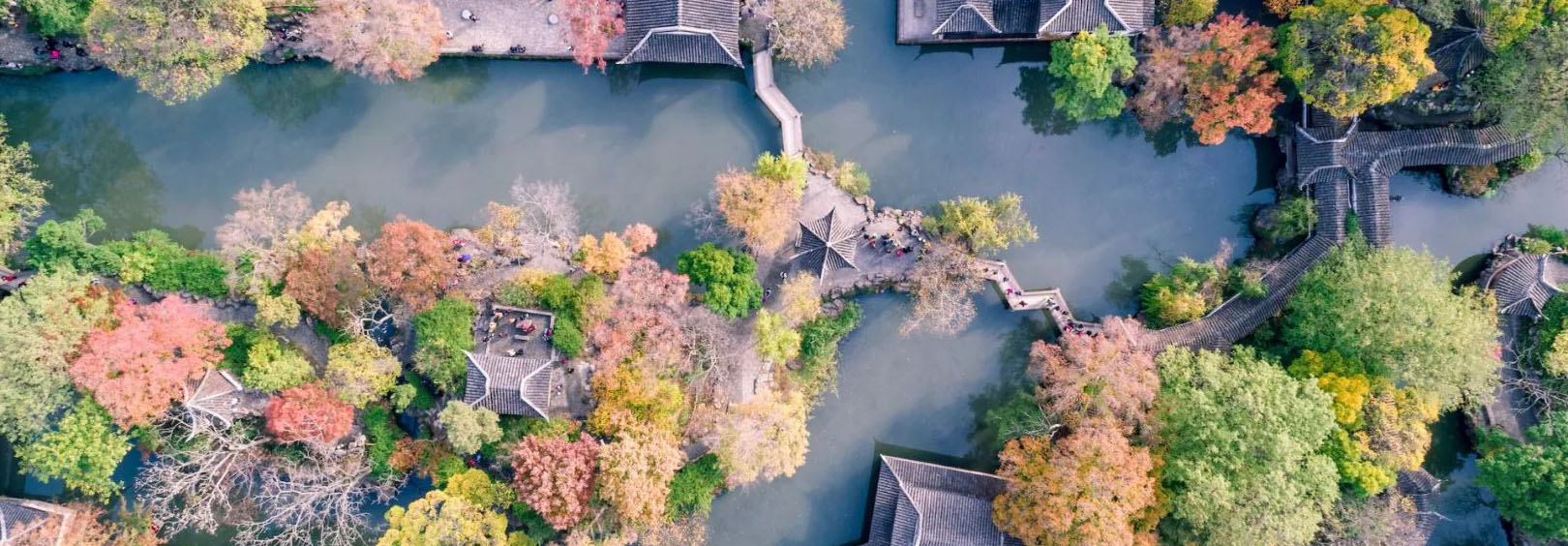Everything You Need to Know About Potala Palace
Potala Palace, with an altitude of 3700m, is located on the Red Mountain in the downtown of Lhasa. It's a globally prestigious sight for its long architectural history and the special place in Tibetan history. It has a unique value in studying the society, history, culture, and religion of Tibet.
Facts
- Potala Palace is the highest palace in the world.
- Potala Palace was not always the political center in Tibet. It was deserted for 800 years.
- Potala Palace was not built at one time.
- Potala Palace hosts several holy stupas for Dalai Lamas.
- The stupas of Dalai Lamas are incredibly costly. The fifth Dalai’s Stupa cost thousands of gold, silver, and jewels.
- Potala Palace was the residence for Dalai Lamas since the 17th century.
 |
| Potala Palace at Night |
History
According to chronicles, it was built as the royal palace by the Thirty-third King of Tubo Dynasty, Songtsen Gampo, in 630s when he moved the capital city from Tsedang to Lhasa. The original palace had three layers of walls and thousands of small palaces, very grand. The King exerted his political powers here, including governing his
 |
| Inside the Potala Palace |
In the following eight centuries, the political center of Tibet was moved constantly, and Lhasa was never the capital again, only maintained as a religious place. Famous monks of Gelug, Kadam, and Kagyu Sects used to practice Tibetan Buddhism in Lhasa.
 |
| Red Palace |
In 1642, the Fifth Dalai Lama established the local regime Ganden Podrang with the political and religious powers combined in Lhasa. Since then, Lhasa became the political, religious, cultural, and economic capital again. In 1645, Polata Palace was rebuilt and expanded. In three years, a building complex with the theme of the White Palace was built, and the administrative office was moved from Drepung Monastery to the newly erected White Palace. Since then, Potala Place became an important place where successive Dalai Lamas lived and performed religious and executive matters.
After the death of the Fifth Dalai Lama, the Red Palace complex was extended as the
 |
| Red Palace of Potala |
With all the renovations and extensions, Potala Palace becomes a multi-functional castle with royal palaces, Stupas, main halls, Buddhist halls, scripture halls, offices, monk schools, dormitory buildings, courtyards, and corridors. With an area of 400,000 square meters and a building area of 130,000 square meters, the major palace, Red Palace is 115.7 meters in height. Inside the palace, there are 8 Stupas in gold for Dalai Lamas, five exquisitely decorated mandalas, over 70,000 pieces of china, gold, silver, bronze, Buddhist statues, pagodas, Thangkas, and costumes, and over 60,000 books and letters. Therefore, Potala Palace was praised as “the Pearl on the Roof of the World .”
Architectural Characteristics of Potala Palace
The building materials used for Potala Palace are mostly earth, stone, and wood. The sunlight movement in the plateau area was also considered in the design of the palace. Therefore, the base of the wall was wide and stable, and there are tunnels under the base, and air vents extended in all directions. Inside the palace, there are brackets, columns, beams, sparrow brace, and rafters forming firm support. A special
 |
| White Palace |
The columns and beams are all ornamented with all kinds of carvings. The walls are painted with colorful murals. The main palaces all have golden roofs and richly decorated. The eaves are all fashioned with brackets and paternoster. All these ornaments have their own functions and symbols.
Potala Palace Highlights
Red Palace Complex
In 1682, Dalai Lama V Ngagwang Lobzang Gyatso passed away in Potala Palace. In memory of him, the regent Desi Sanggye Gyatso ordered the Stupa and spirit hall for the Dalai. He also planned to expand the Red Palace. After some considerations and divination, Desi Sanggye Gyatso maintained part of the original building, the northern hall, and extended the eastern and western courtyard on a large scale. Later, Dalai Lamas continued to expand the palace until the building of the Stupa for the Thirteenth Dalai Lama. Thus, Red Palace becomes a 115-meter high building with 13
 |
| Interior of Potala Palace |
The Red Palace is mostly about the Stupas for Dalai Lamas. There are five Stupas here, and they are built similar but on different scales. The large one is for the Fifth Dalai Lama. All the buildings are richly decorated with carvings, murals, pearls, silvers, and more.
Dharma Hall and Matha Kuar Temple are said to be the buildings from the Tubo dynasty. The Dharma Hall is located in the very center of the Potala Palace. It was where Songtsen Gampo meditated. Now, it has statues of Songtsen Gampo, Princess Chi Zun, Princess Wencheng, and other ministers.
There are other essential halls. The Thriving House is the highest hall in Red Palace. It
 |
| Exquisite Decorations |
White Palace
In 1642, under the military support of Monligian chieftain Gushi Khan in Qing hai, the Fifth Dalai Lama set up the local regime of Ganden Podrang. To consolidate the newly established regime, Dalai decided to rebuild the Potala Palace on its original site. He held a meeting with Gushi Khan and Desi Solangroden in Red Mountain to discuss
 |
| White Palace |
The highest floor (F7) is the Sunlight Hall, the chambers of Dalai Lamas. Some rooms
 |
| Entrance of White Palace |
The sixth and the fifth floors are for living and administrative functions. The fourth floor has the largest hall in Potala Palace- the Eastern Hall. Inside the hall, there is a throne for Dalai Lamas and a board hanging up gifted by Emperor Tongzhi of the Qing Dynasty. Important ceremonies were held here.
Golden Roofs
Golden Roofs are a unique view of Potala Palace located on the top of the Red Palace. There are seven golden roofs made of gilt bronze. From east to west, you can see the
 |
| Golden Roof Complex |
Treasure Hall
Located at the foot of the Potala Palace, the Treasure Hall is a three-storey building with strong Tibetan characteristics. The first floor and the second floor used to be the
 |
| Treasure Hall |
Collections
Murals and Thangka
There are tons of murals inside the Potala Palace, forming a giant painting corridor. It
 |
| Mural |
Stupas
Another most important collections are the Stupas of Dalai Lamas. Except for the abolished Sixth Dalai Lama, the other eight Dalais from the fifth to the thirteenth all
 |
| Relic inside Potala Palace |
Statues
Entering the Potala Palace, you will also find statues everywhere. They can be about
 |
| Statues of Tibetan King |
Travel Guide
1. Tickets
Entrance tickets: 200 RMB/pax (May - October); 100 RMB/pax (November - April);
How to book a ticket?
There are three ways you can get tickets. The first and most convenient way is to book online (http://www.potalapalace.cn/userLogin.html). The website opens from 14:30 to 15:30 every day, and it’s very hard to book one as only 2300 tickets are available for a day. The second way is waiting in line at sight and purchasing your ticket, which is not an easy way to get a ticket either, considering many locals and ticket scalpers also
 |
| Thangka |
2. Altitude Stress
As high as Tibet is, Lhasa is not at a very high altitude actually. Ascending the stairs of the Potala Palace, you may feel tired. However, if you adjust your breath and rest every few minutes, you will be fine.
3. Restrooms
There is no restroom in Potala Palace. Please make sure you are good for 1 hour of touring inside the palace. The nearest bathroom is in Deyangxia square.
4. Bottled Water
Your personal travel cup is allowed inside the palace, but you can’t bring the bottled water bought outside.
 |
| Pogoda outside Palace |
5.Tour time
There is a time limit regarding how long you can stay inside the palace, an hour. If you forgot the time, there would be staff reminding you. If you travel with us, our guide will make sure you see everything you need to see with an hour.
6.Things Not to do
I. Please don’t wear a dress (except the long skirt that covers the whole legs), shorts, flip flops, high heels, and hat;
II. Please don’t touch relics and antiques inside the palace;
III. Please don’t take any pictures of the palace.
 |
| Golden Roof |
Recommended Itineraries to Potala Palace
8 Days Mt.Everest Base Camp Tour from Lhasa



Comments
Post a Comment